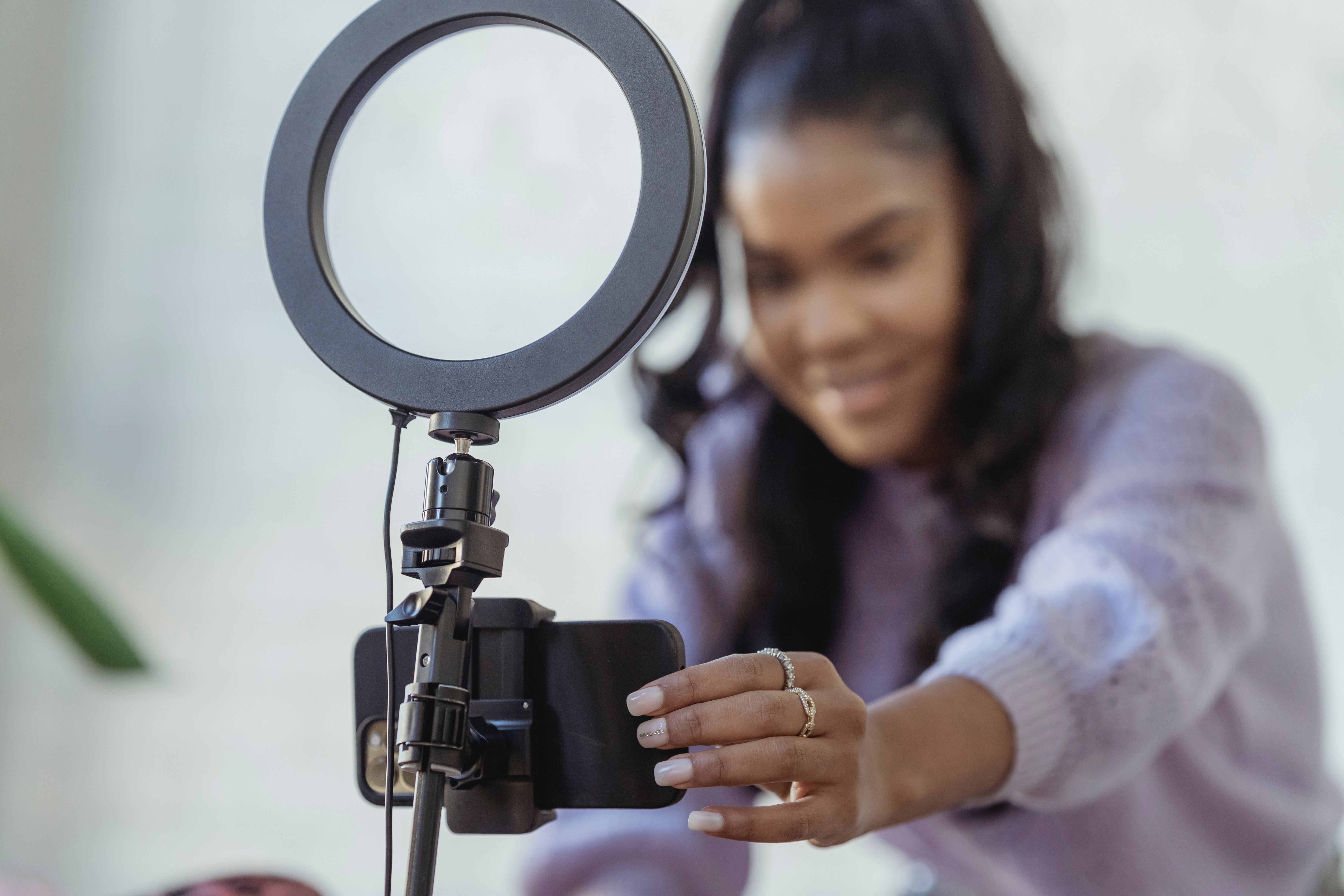
Capturing great audio with your smartphone when producing video is often overlooked in the process. As we’re working in a visual medium we focus primarily, and rightly so, on capturing great visuals. Smartphones have made this incredibly easy. They’re small, lightweight, and have fantastic camera systems — all contributing to easily capturing great video.
However, the sound is just as important when putting the video together in the edit. George Lucas said that “sound is half of the picture” when talking about making Star Wars. Considering the amount of visual effects in that movie the idea that Lucas was just as focused on what space sounded like as he was on how it looked is quite remarkable. As we like to say around here, if it’s good enough for George Lucas, should be good enough for you. If you want to have great audio in your final video, then you have to capture great audio while you are shooting.
Before we get into microphones let’s talk about thinking about sounds before you even hit the record button. That is taking the time before you shoot, wherever the location is, to hear the sounds in the location that you would want in your video, as well as the ones that you don’t want to include. Ask yourself: what are the scenarios that you are going to shoot, and what audio goes along with them? When you have done that and identified the sounds you want to capture, and those you want to omit, then it’s time to think about the microphone you are going to be using.
While the built-in microphone on your smartphone is decent enough and can get the job done, using an external microphone will help you capture audio better — with higher quality and fidelity. The problem with the microphone on your phone is twofold: it’s small and it’s omnidirectional. That is to say that it is capturing sound in a spherical pattern. So when you are using it you are going to capture all of the sound around you. When it comes to audio you want to be focused. You want to make sure you are capturing the sounds that you want.
So the question is: What microphone do you use?
The options for smartphones are wide and varied when it comes to different brands but the main decision is between a lavaliere microphone and a shotgun microphone.
A lavaliere microphone, or lav or lapel mic, is a small microphone that can be clipped to your subject’s clothing. These mics are great for capturing people speaking. They are omnidirectional, capturing sounds in all directions, and when placed near a person’s head capture talking very well. For smartphones, two kinds of lav mics are prevalent on the market: wired and wireless lavs. The wired ones plug directly into the smartphone. Wireless use a transmitter/receiver system where the microphone itself is plugged into some sort of a receiver, or is a receiver itself, and then the transmitter is plugged into the phone. The advantage of the wireless version is that it allows your character to be distanced away from the phone. With the wired version, your character wearing the lav will always be tethered to the phone, while the other gives them the flexibility to walk around the location without the camera having to follow closely behind.
Lav mics are primarily used for capturing people speaking. In a shooting scenario where it is the person’s voice that is most important then that is the mic you want to use. This will sacrifice most of the nat sound however because the person speaking will dominate what is going into the microphone. If you were recording video in a kitchen and the sound that you wanted was the chef yelling at the other people in the kitchen (think Gordon Ramsey) then you would want to put a lav on the chef and they would be able to walk around the kitchen and you would get clear audio from them wherever they were in the room.
The other option is a shotgun microphone. These are directional microphones. Like the name suggests they capture sound in a shotgun pattern. It is great for focusing on the natural sound. These in almost every case just plug right into the phone and then are pointing in the same direction as the camera lens. Wherever you point the phone, that’s the audio you are going to get.
If we go back to the chef example. If he’s chopping carrots (like in the Beginner Shooting course) and we really want to capture the sound of the knife slicing through the carrot then the shotgun microphone is the one we want to use. If we were using a lav in this scenario and it was on the chef, we’d more likely get the chef’s breathing mainly in the audio and the slicing more faintly. Similarly, if you’re down shooting a closeup on the hands and knife and the chef starts talking. The sound of the knife would be favored while the voice would be fainter. This isn’t to say that you can’t use a shotgun microphone to get great audio from a person. It just needs to be pointed at the person as they’re talking. This is great if you’re just getting a soundbite from the character. We get the shot and sound of the knife and then we bring the camera up to the chef’s face, ask a question and get that from them now as our camera, and microphone, are now directed at their face.
Now you see the importance of picking the right microphone depending on the kind of sound you want to capture. While for smartphones there are ways to connect multiple microphones, if you’re just plugging the mic into the port on the phone and using the native camera app you’ll be limited to just the one — so choose wisely.


